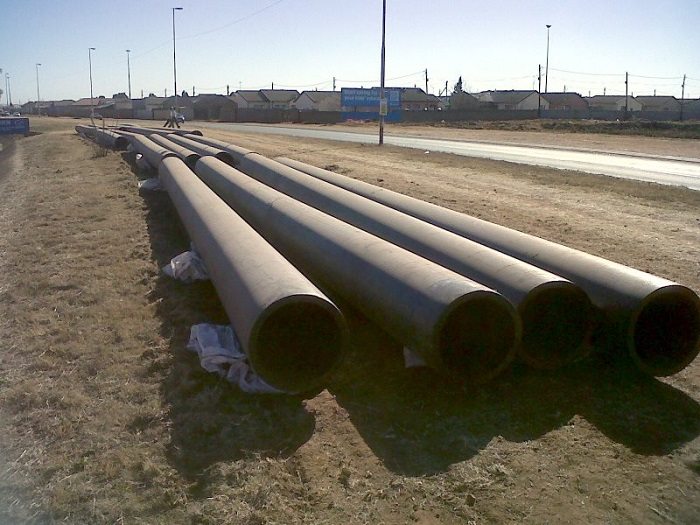One-stop fluid conveyance solutions provider Incledon is experiencing a growing trend towards High-Density Polyethylene (HDPE) pipe solutions. This is giving the company a welcome boost in the water infrastructure segment, which presents a major growth opportunity at present.
According to Incledon CMO Kelly Wilson, South Africa has an ageing water infrastructure network requiring serious government intervention and investment. He adds that the company will also look to Africa for sustained growth, piggybacking on the continued successes of DPI International. Commenting on current challenges, Wilson points out that combatting cheap and inferior products is paramount.
“We ensure that all products distributed by Incledon carry the correct approvals and certifications,” Kelly highlights. In this regard, Incledon is particularly proud of its long-time association with Plasson, the global leader in HDPE pipe-fitting solutions.
The Plasson range offers solutions for connecting polyethylene pipes, used for conveying water and other fluids in urban and inter-urban infrastructure, as well as in industrial, mining, landscaping and farming applications, and even for carrying telecoms lines.
Plasson fittings are designed to withstand working pressures of up to 16 bar, and also include valves for flow regulation. These fittings are manufactured in diameters from 16 mm to 160 mm. In addition, Incledon deploys technically trained sales personnel throughout its extensive branch network, who are able to offer expert advice and support to its customers on Plasson products, for example.
Wilson comments that there is a growing trend for HDPE pipe solutions. The major benefits are corrosion-resistance, and being leak-tight. Heat-fused joints create a homogenous, monolithic system, with the fusion joints exhibiting greater strength than the pipe itself.
HDPE pipe systems also maintain optimum flow rates. They do not tuberculate, and have a high resistance to both scale and biological build-up. Another advantage is excellent water-hammer characteristics, in addition to being designed to withstand surge events.
